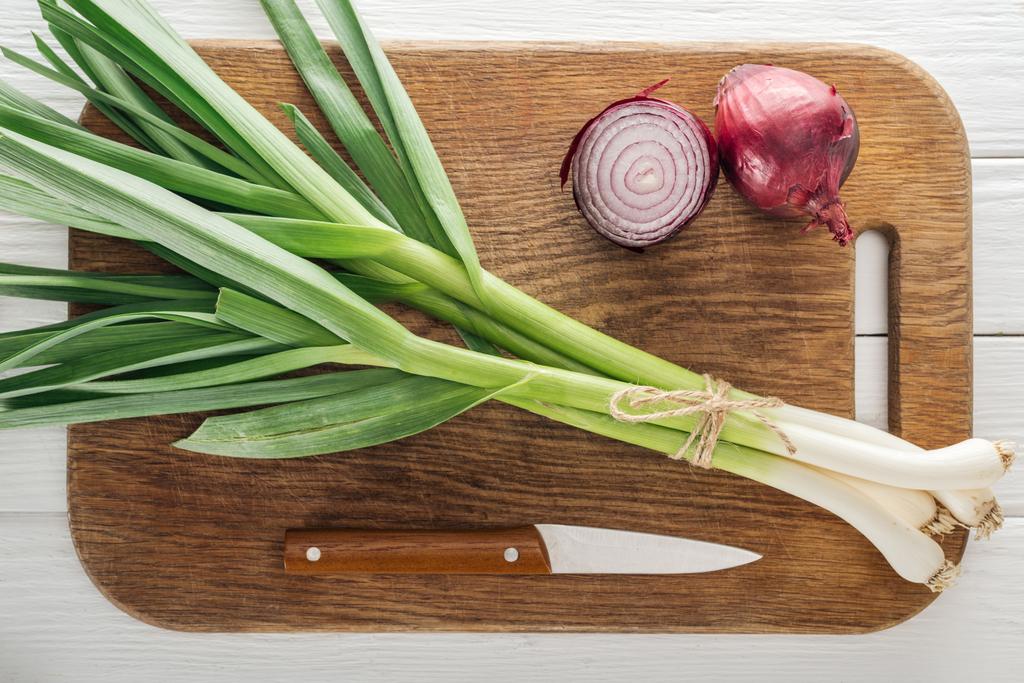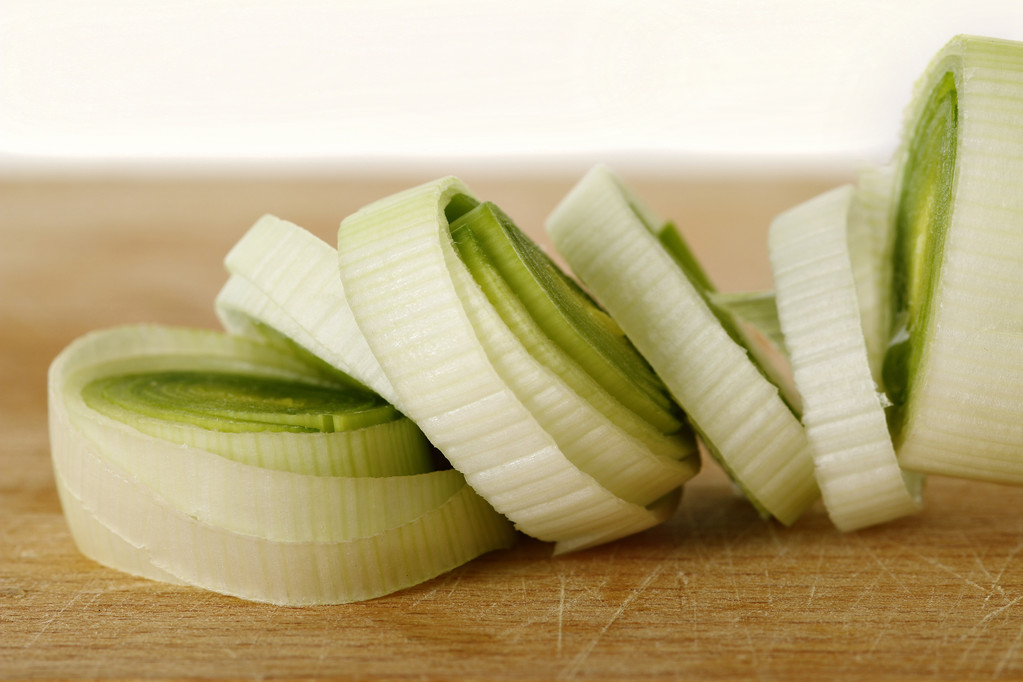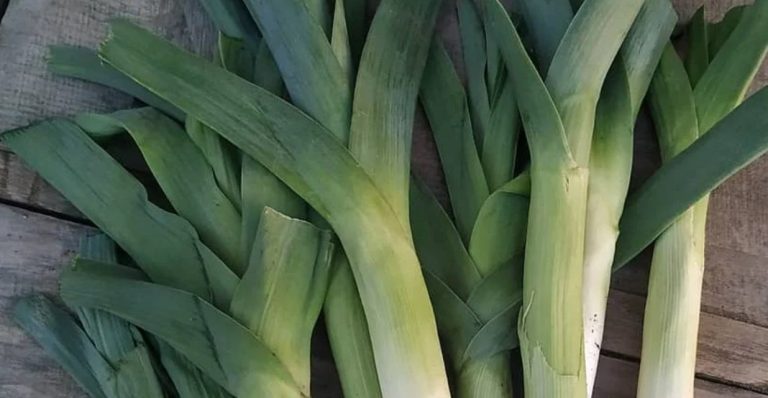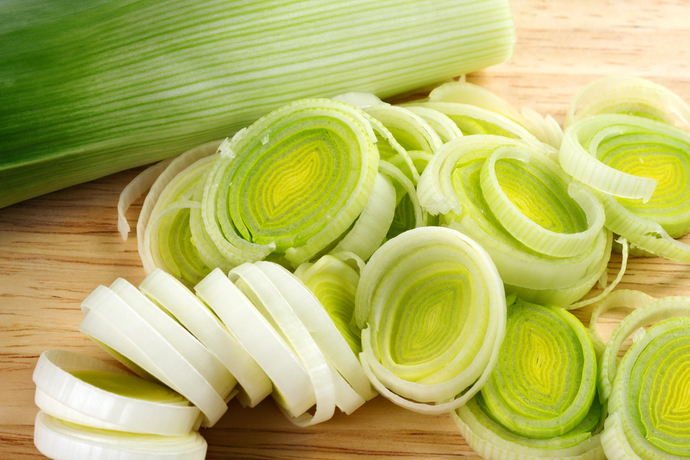Miracle garlic is a relative of wild garlic. He convinces with his strong taste and a healing effect. Here you can find out what you need to look out for and how you can use magic leeks in cold dishes.
Recognizing miracle onions correctly
Miracle garlic, also known as Berlin wild garlic, is a relative of wild garlic. The plant originally comes from the Caucasus region and has spread across Central Europe over the centuries. You can recognize the herb above all by its intense smell, which is strongly reminiscent of onions or garlic.
Visually, the plant is characterized by green, narrow leaves – similar to grass – and white flowers. The leaves have no stalk and grow straight out of the bulb. Overall, the magic onion can grow up to 30 centimeters high. You can tell the herb from wild garlic by its narrow leaves, while real wild garlic has broad leaves.
Caution: Do not confuse the magic leek with the poisonous lily of the valley. In the latter, the leaves grow from a stem. In addition, the strong leek smell is missing.
Finding, gathering and processing Miracle Onions
Miracle leeks bloom from April to May and you can find the plant mainly in river meadows, forests and parks. You can gather the herb in forests. On the other hand, you should leave it near sprayed fields and where there are many dogs and cats.
By the way: You should not cultivate miracle onions in the garden, as the herb can spread quickly and uncontrollably. So it is an invasive neophyte.
Miracle leeks are ideal for cold dishes. The entire plant is edible, i.e. the leaves as well as the flower buds and bulb. You should not heat the plant, otherwise its aroma will be lost. If you can’t use the magic leeks fresh, you can simply freeze them.
Wunderlauch tastes similar to chives or wild garlic, but has a much milder aroma. It is therefore ideal for pesto, herb butter or cream cheese and quark preparations.

Ingredients and healing effects
Miracle leek has many positive effects: It is rich in allicin, essential oils, anti-inflammatory and antibacterial flavonoids and vitamin C. The herb thus has an appetite-stimulating, blood pressure-lowering, cholesterol-lowering and immune-boosting effect.
The herb is also often used to treat digestive problems. Whether raw or processed – the miracle leek has a positive effect on the gastrointestinal tract. The sulfur compound allicin, which is also contained in garlic, kills intestinal fungi, among other things. So far there have been no scientific studies on the medical effects of miracle leeks, but the herb probably does no harm.





